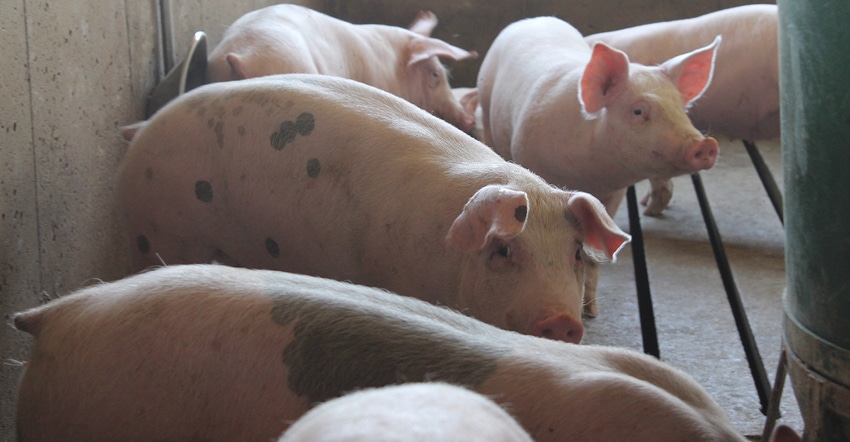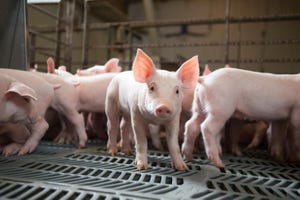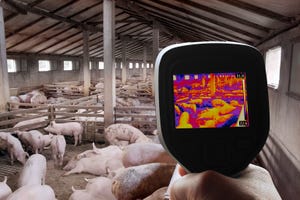In the last fiscal year, the Morrison Swine Health Monitoring Project has been involved in 13 PRRSV outbreak investigations.
July 17, 2020

Recent improvements have brought the Morrison Swine Health Monitoring Project closer to real-time monitoring of porcine reproductive and respiratory syndrome virus sequence evolution and impact. Funded partially by the Swine Heath Information Center, MSHMP has been adding capacity to capture diagnostic data from cooperating veterinary diagnostic labs.
The sequence acquisition process has been organized, and simplified, making sequence monitoring reality. Next, the real-time monitoring component will be developed. This data is being used to develop analytic methods for understanding PRRSV, giving producers the opportunity to respond to emerging, highly virulent strains.
Working closely with participating VDLs, MSHMP staff has been able to establish a methodology which increases PRRSV sequence update frequency. These frequent updates and virus classification into virus type, restriction fragment length polymorphism and lineages has opened a great opportunity for the program from an added value standpoint. Maintaining an updated database has allowed MSHMP to quickly respond to sequence comparison requests from participants throughout the year during their outbreak investigations.
In the last fiscal year, MSHMP has been involved in 13 outbreak investigations. Of these, eight were requested in the current calendar year and corresponded to comparisons of 10 sequences to the MSHMP dataset. In all these cases, MSHMP staff were able to find similar sequences (>98% nucleotide identity) for all but one case. Similar sequences include sequences from the same systems which are conducting the outbreak investigation, in which case MSHMP shares all the details of the similar sequences including distance to farms. However, in cases where the sequence with the highest similarity includes another production system, a distance as a range is provided to preserve anonymity. This not only allows MSHMP to give back to participants, but also stimulates sharing of data making the program's dataset more representative.
Two manuscripts are in the final stages of preparation regarding analysis performed with this data. The first one focuses on understanding whether sequences in the dataset clustered both in time and space. As expected, several clusters were identified in the dataset contained sequences with high similarity which highlighted the fact that a sequence (e.g. virus) disseminated throughout a region in a specific period of time. However, there were other instances in which clusters found contained multiple sequences clearly highlighting the fact that regional diversity continues to pose a risk from a biosecurity and pathogen evolution standpoint.
The second manuscript comprises a description of all PRRSV type II sequences found in the MSHMP database. Characterization of the frequency of families of viruses (e.g. lineages) overt-time, their genetic difference to the first PRRSV type II isolated (e.g. VR 2332) which is also the parent strain for a commercial vaccine and the emergence and frequency of detection of the highly virulent 1-7-4 viruses over time will be part of the manuscript.
As the world deals with the COVID-19 pandemic, SHIC continues to focus efforts on prevention, preparedness and response to novel and emerging swine disease for the benefit of U.S. swine health. As a conduit of information and research, SHIC encourages sharing of its publications and research.
Source: Swine Health Information Center, which is solely responsible for the information provided, and wholly owns the information. Informa Business Media and all its subsidiaries are not responsible for any of the content contained in this information asset.
You May Also Like



